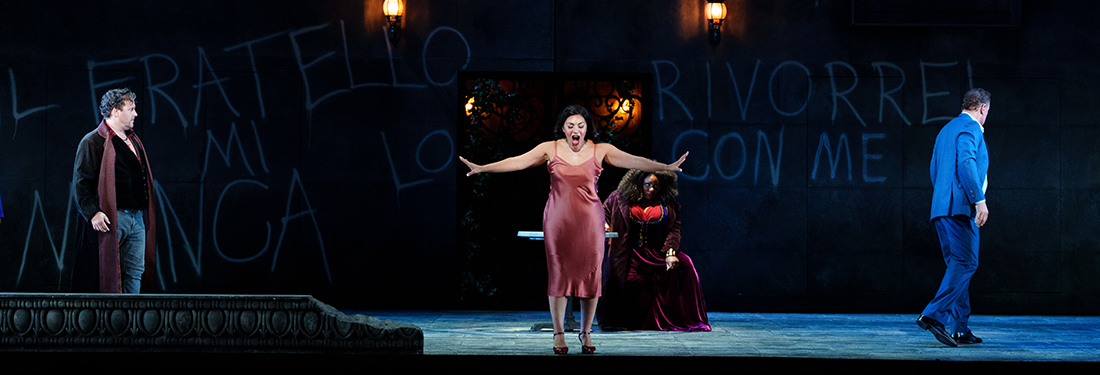
Boston Lyric Opera presented an arrestingly intimate Bluebeard’s Castle last spring and the Met Orchestra will bring the Hungarian two-hander to Carnegie Hall in June for a concert performance with Elina Garanca and Christian van Horn. But before then, it was once again Boston’s turn to find out what’s behind doors number one through seven when Karina Canellakis led the amassed forces of the Boston Symphony Orchestra, fresh off concert performances of another opera, Lady Macbeth of Mtsensk, just two weeks ago.
Back then, Andris Nelsons conjured tension and wrath from Shostakovich’s thorny modernism. Canellakis, working with Bela Bartók’s denser but equally varied score (and a comparably grisly subject material—an agonizing symbolist parade through the terrifying rooms of the title character’s abode to the simultaneous curiosity and horror of his new wife Judith), seemed to lack comparable insights to the score she conducted.
In fact, her drawing such rich, cohesive textures out of the jarring, jagged moments of the score, often recalling lush, descriptive film scores of midcentury horror movies, made the piece sound more like Bluebeard’s Haunted House rather than Bluebeard’s Castle. There’s an argument to be made that the progressive, tortured psychology of the characters in Bluebeard has more in common with Alfred Hitchcock than it does with most opera composers, but surely there are better ways to make that point than conducting it like it’s Bernard Hermann’s score for Psycho. Rather than seeming unearned, the big climaxes, booming out from the extended stage of Symphony Hall, instead felt inevitable and lacking in much definition or spontaneity. Canellakis knows how the keep the score flowing along with an air of foreboding and things did get more interesting once the doors started opening following the meandering expositional dialogue (kudos especially to Thomas Rolfs for a trumpet solo at door 2 with menacing military bite), but the lack of tension throughout meant the music was more of a descriptor rather than a terrifying, unfettered actor, as it becomes in the best performances of this work. It’s telling that at the climactic opening of the fifth door, revealing Bluebeard’s kingdom, the sudden raising of the house lights to full was more affecting than the monumental orchestral swell itself (though hearing Symphony Hall’s organ in action, as played by Dexter Kennedy, was a real treat).
Such swells occasionally swamped Karen Cargill, which was a shame because she was otherwise a very fine Judith. Insistent without being frantic, her multi-shaded mezzo had an especially bronzed, rounded quality in her lower register that spun out handsomely. If the middle of the voice is thinner, she more than made up for it with an urgent, distinguished, and dignified dramatic performance as she forthrightly demanded the doors of the castle be opened. At the curtain call, embracing Canellakis before she even took a bow, she seemed quite visibly moved.
Her Bluebeard, Nathan Berg (a substitution for the previously announced and presently indisposed Johannes Martin Kränzle), was similarly strong; though his charcoal bass-baritone has an arid quality, his arch take proved more interesting than the usual sexless (or sexpot) grim reapers one sees; the retro ascot, wide lapels, and purple boutonniere he wore on Saturday only bolstered that wryness.
Haydn’s first cello concerto, the other piece on the program, showed similar conflicts in the musical approach despite predating the Bartók by 150 years; the anachronistically Romantic glow Canellakis drew out of the strings clashed tonally with soloist Alisa Weilerstein. Weilerstein is an engaged (if fidgety) musician whose playing had a grit to it whereas Canellakis emphasized softness and cohesion; her phrases are refined, but her textures, especially in detailed passagework, feel curiously rough. Ironically, it was only in the cadenzas following each of the concerto’s three movements, when the cello plays alone, that her approach seem to come into step with the orchestra’s. A brief encore, the Sarabande from Bach’s Suite No. 4, showed the furthest extent of a style that paradoxically exudes pressure yet not force, an apt comment on an evening that shortchanged grit and gore for slackened roar.
Those curious about this performance can tune in next Monday, February 19, at 8 PM EST when it’s rebroadcast on WCRB.
Photos: Hillary Scott
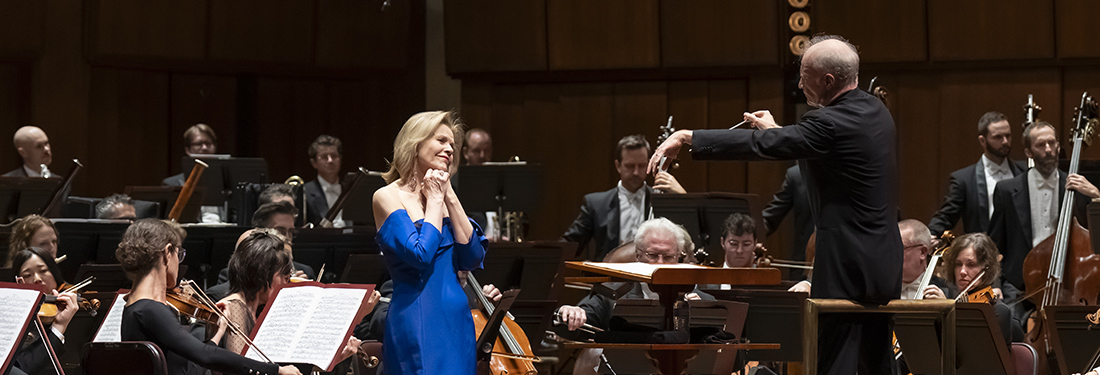
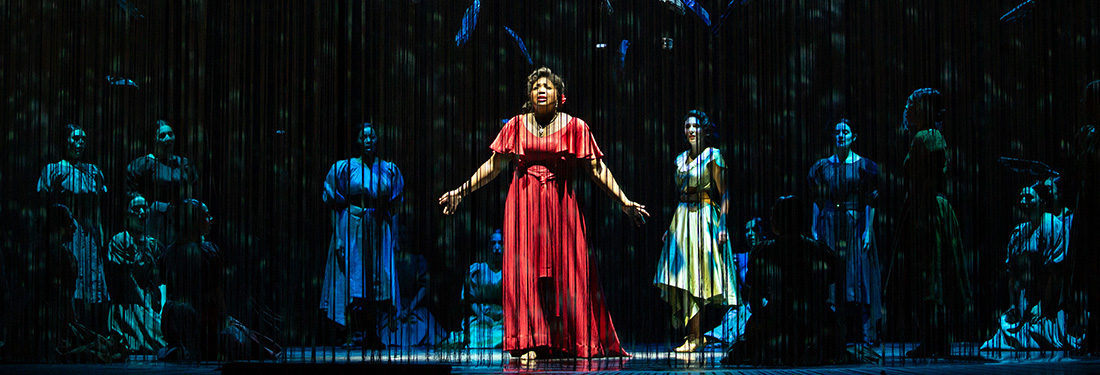
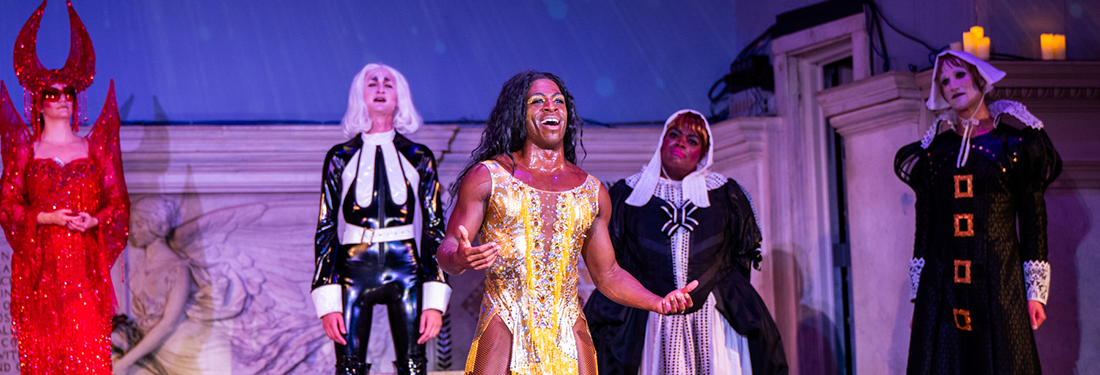
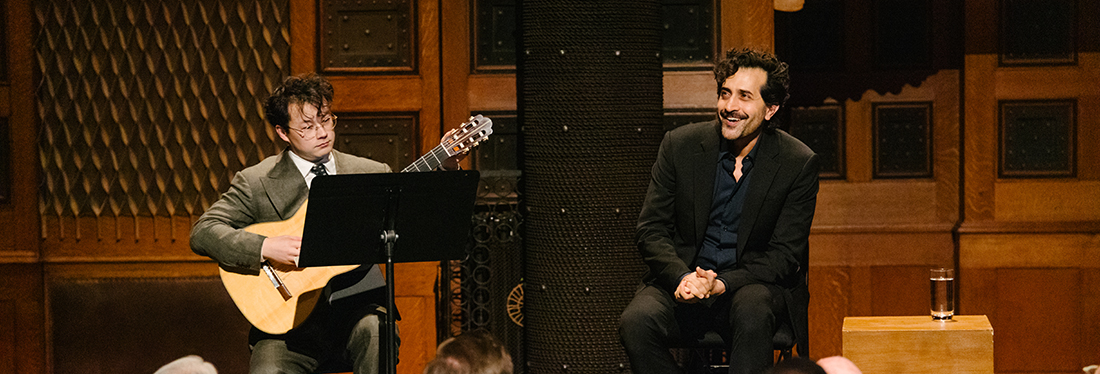
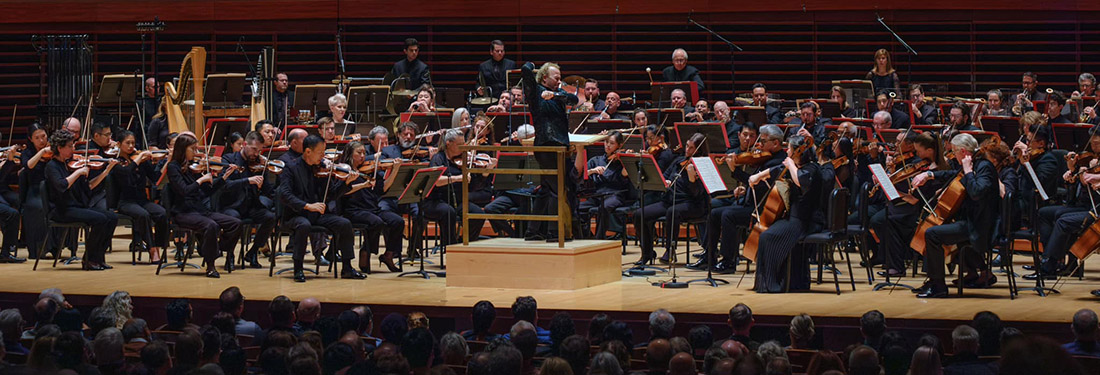
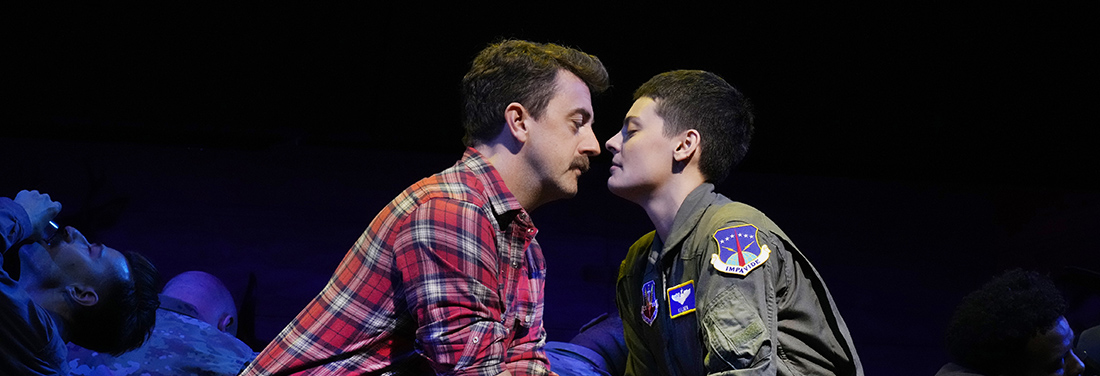
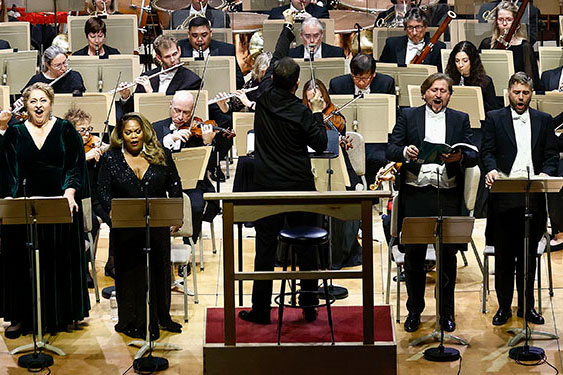
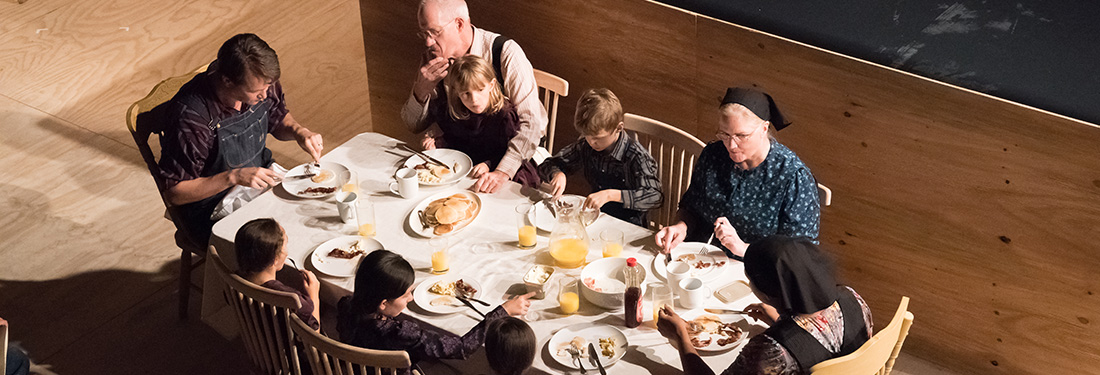
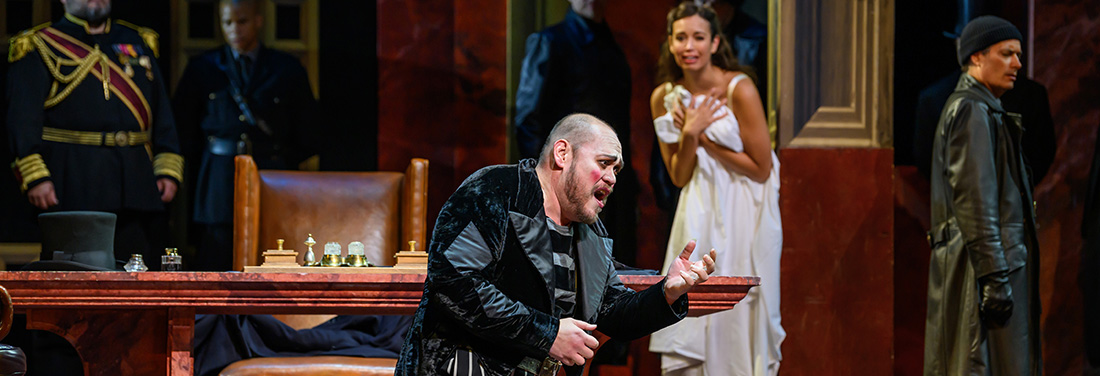
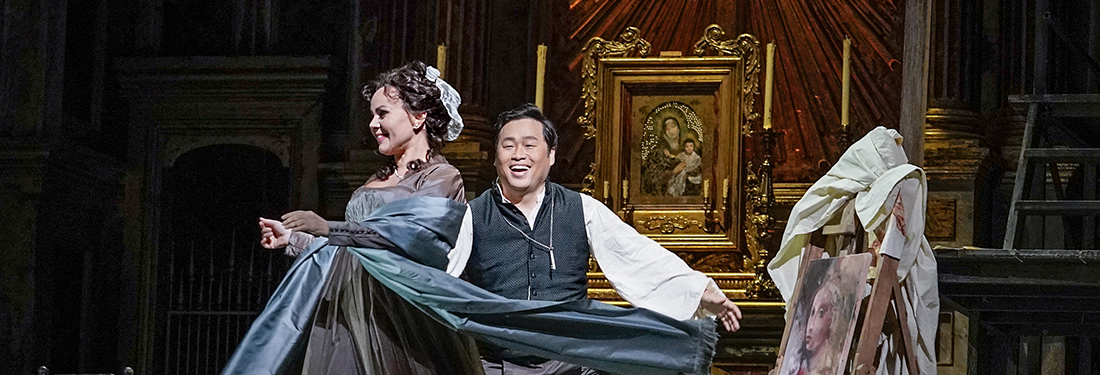
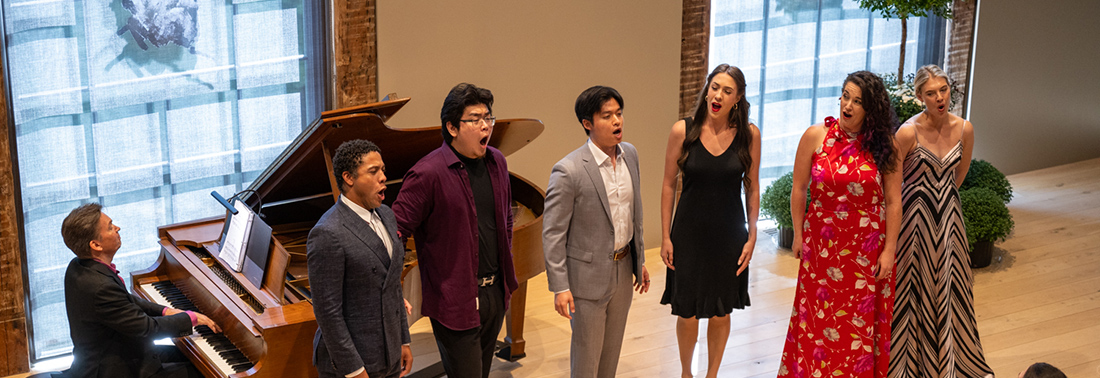
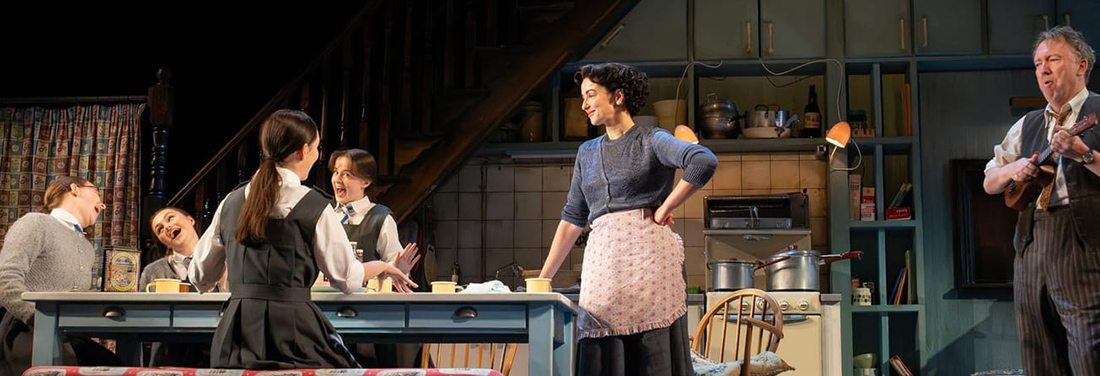
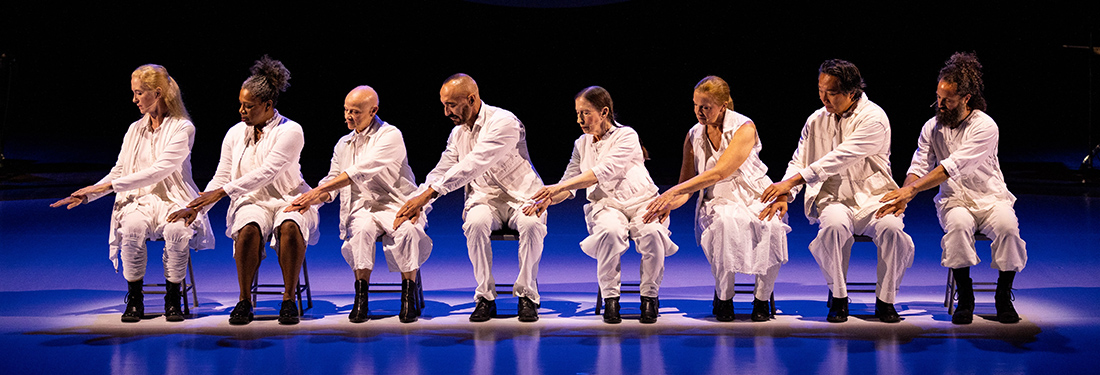

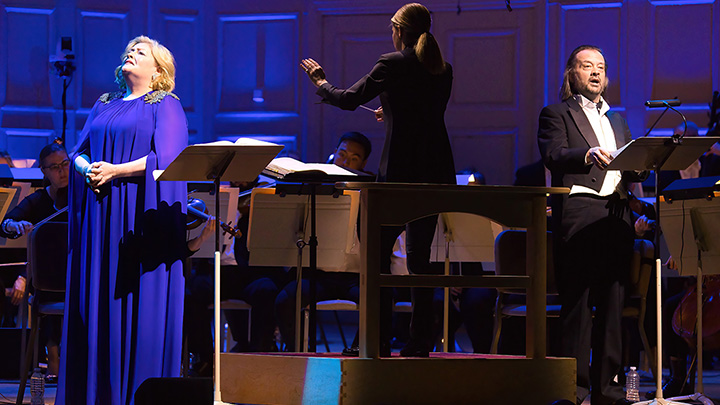
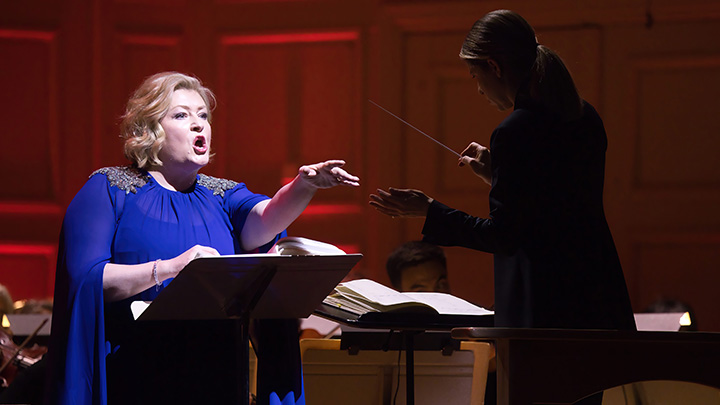

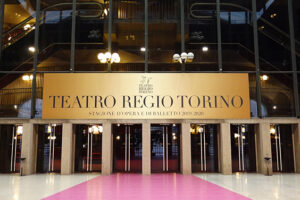
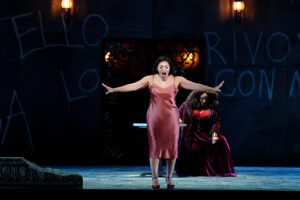

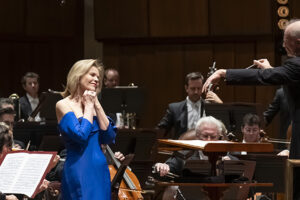

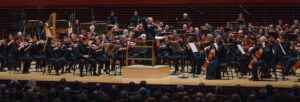
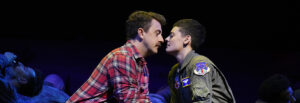



Comments